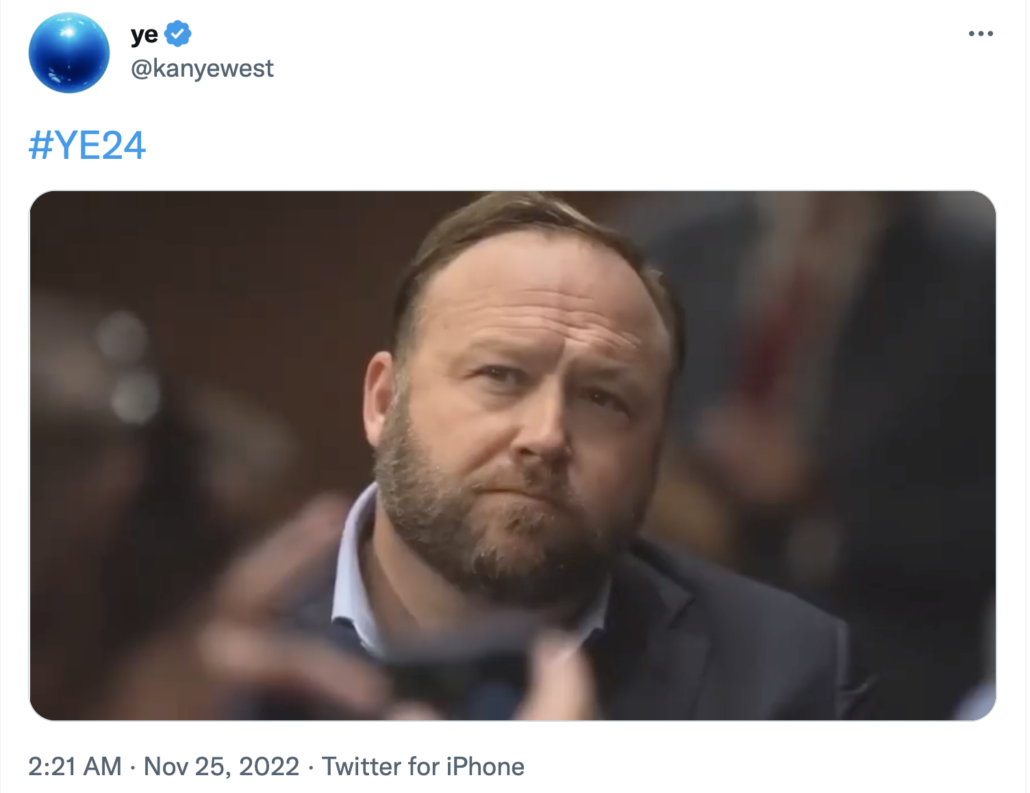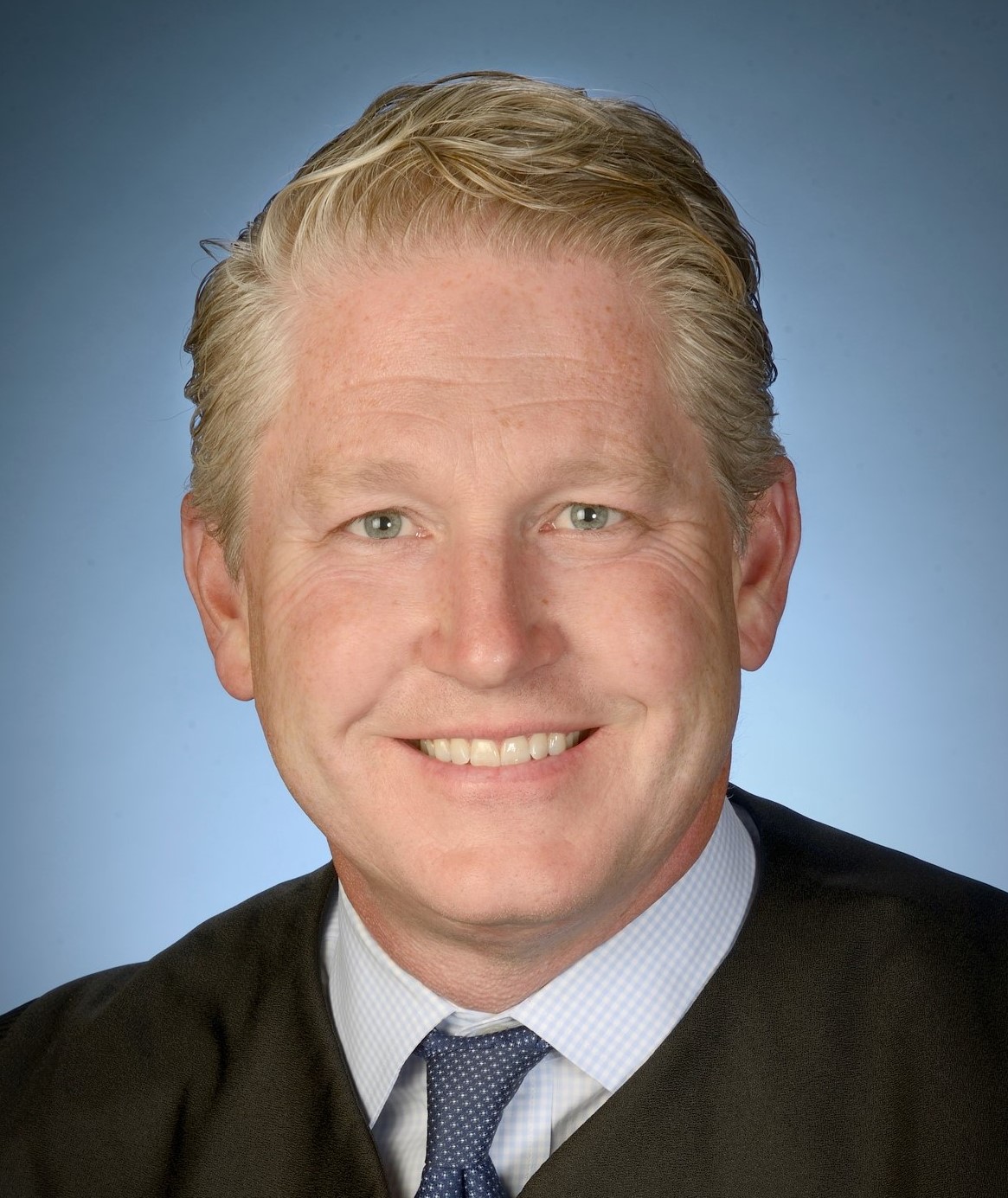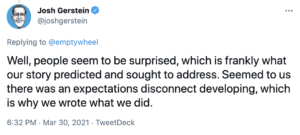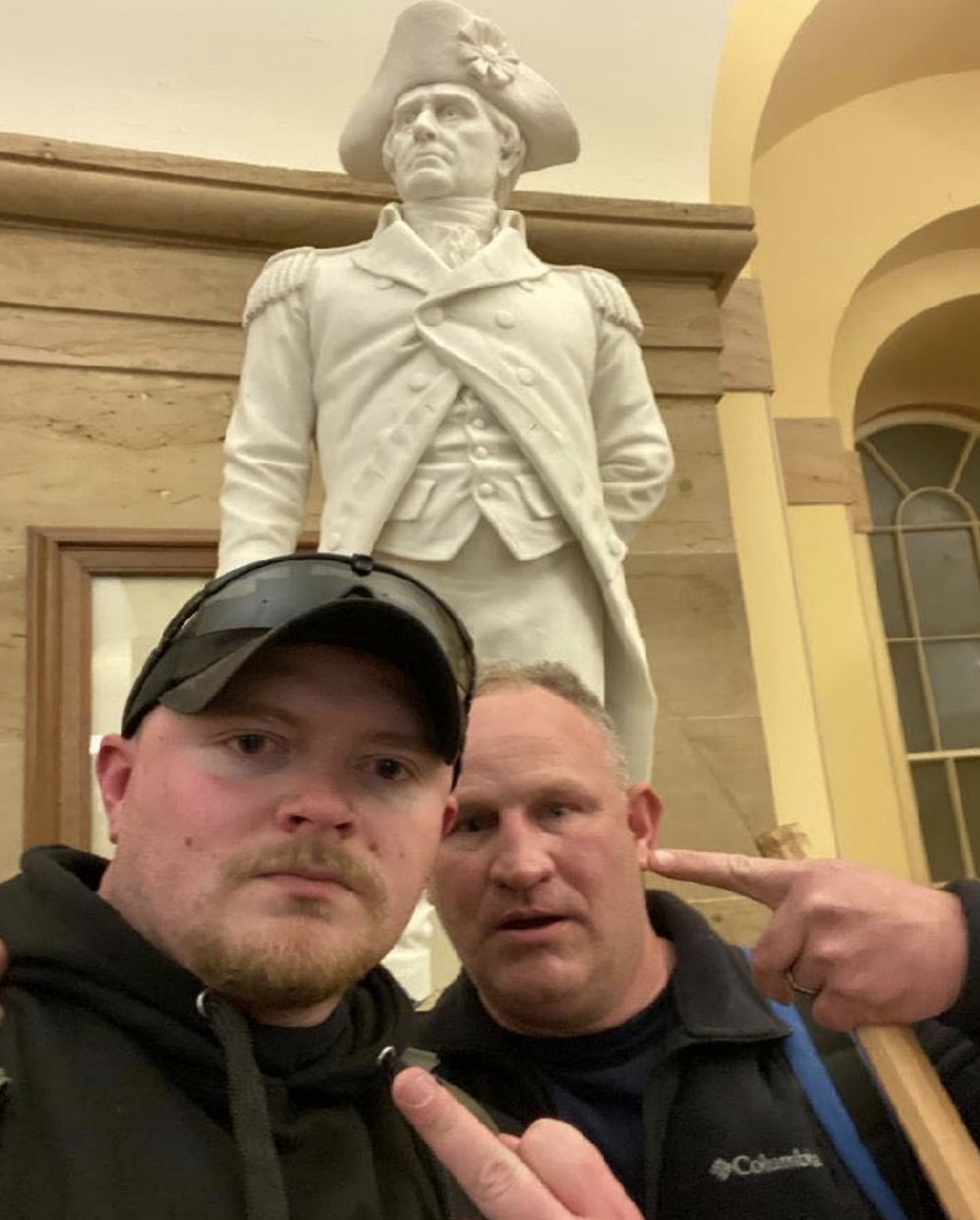On Trump, the Anti-Semites, and the Coup Attempt: The Import of Nick Fuentes’ Reference to January 6
The first thing you should ask when you hear about Trump and the white nationalist is … which one?
After all, it wasn’t that long ago that Stephen Miller waltzed into Kevin McCarthy’s office on the day McCarthy became the presumptive nominee for Speaker of the House. Even if Trump gets the Republican nomination in summer 2024, that’s still twenty months off. But if Miller is driving the Republican House majority’s policy choices in the interim, it will have immediate effect. It will continue an institutional commitment from the Republican Party to policies built to respond to and feed more hate.
Plus, part of the loudest outrage surrounding Trump’s paling around with neo-Nazi Nick Fuentes — from people like Mike Pompeo and Chris Christie — is significantly a desire to undercut Trump in advance of a primary. If you’re opposed to white nationalists in the Republican Party, take on Miller’s central role in the party as a whole and also Trump’s continued ties with fascists.
If you’re a journalist who thinks the Fuentes dinner is newsworthy (it is!), then ask whether Miller’s continued central role in GOP policy is too.
Hell, if you’re a horserace politics reporter, consider writing a story about how damaging Miller’s policies have been for the GOP two midterm elections in a row.
And there’s a bit of the story that’s missing from most tellings of the story.
As Jonathan Swan tells it (with Zachary Basu), in addition to scolding Trump about his increased reliance on teleprompters, Fuentes also delivered the message that parts of the far right are disappointed with Trump, in part, because he has not supported January 6 attackers sufficiently.
Fuentes told Trump that he represented a side of Trump’s base that was disappointed with his newly cautious approach, especially with what some far-right activists view as a lack of support for those charged in the Jan. 6 Capitol attack.
- Trump didn’t disagree with Fuentes, but said he has advisers who want him to read off teleprompters and be more “presidential.” Notably, Trump referred to himself as a politician, which he has been loathe to do in the past.
- Fuentes also told Trump that he would crush potential 2024 Republican rivals in a primary, including Florida Gov. Ron DeSantis. Trump asked for Fuentes’ opinion on other candidates as well. [italics mine, bold Axios’]
Not only doesn’t this sound like an unplanned encounter — at least from Fuentes’ side — but it affirmatively sounds like the kind of constituent ask that politicians of all stripes make when they discuss whether to endorse a candidate or not. Fuentes hated Trump’s announcement speech — too canned! — but he also warned that Trump needs to do more to support those being prosecuted for their role in Trump’s coup attempt. In his own livestream about the meeting, after reeling off all the Stop the Steal events Fuentes had been part of organizing, Fuentes said he would back Ron DeSantis over a “moderate Trump.”
Politico’s Meredith McGraw, who was the first to report that Ye and Fuentes were traveling together, also included that comment, and described how Ye’s video about the meeting included both Alex Jones and Roger Stone, as well as Karen Giorno, who attended the meeting and who had a role in a 2016 story just after Stone presented Trump with his notebook of all the calls he had with Trump during the 2016 election.
West went on to say he told Trump, “Why when you had the chance, did you not free the January sixers? And I came to him as someone who loves Trump. And I said, ‘Go and get Corey [Lewandowski] back, go and get these people that the media tried to cancel and told you to step away from.’” The video includes photos of former advisers including Giorno and Roger Stone, and also conspiracy theorist Alex Jones.
Given how much of the rest of the discussion (and the private chat Ye posted afterwards) focuses on Jason Miller, who testified truthfully to the January 6 Committee, this also probably amounted to a request to get rid of Jason Miller, to get rid of Jason Miller in part because he won’t let Trump coddle Nazis and in part because he makes Trump use a teleprompter. This is how those close to Trump have always lobbied Trump on staffing decisions, after all.
The thing is, while virtually all reports of this meeting include the teleprompter comment, most don’t include the January 6 one.
While the NYT (Maggie bylined with Alan Feuer, one of the best journalists on January 6) described Fuentes’ role in pro-Trump mobs leading up to and on January 6, it doesn’t describe that Fuentes claimed about Trump’s insufficient support for those already charged. It also focuses exclusively on the America First arrests, not those with whom Fuentes organized mobs, like Alex Jones and associates.
During the dinner, according to a person briefed on what took place, Mr. Fuentes described himself as part of Mr. Trump’s base of supporters. Mr. Trump remarked that his advisers urge him to read speeches using a teleprompter and don’t like when he ad-libs remarks.
[snip]
Mr. Fuentes, who attended the bloody far-right rally in Charlottesville, Va., in 2017, is best known for running a white nationalist youth organization known as America First, whose adherents call themselves groypers or the Groyper Army. In the wake of Mr. Trump’s defeat in 2020, Mr. Fuentes and the groypers were involved in a series of public events supporting the former president.
At a so-called “Stop the Steal” rally in Washington in November 2020, Mr. Fuentes urged his followers to “storm every state capitol until Jan. 20, 2021, until President Trump is inaugurated for four more years.” The following month, at a similar event, Mr. Fuentes led a crowd in chanting “Destroy the G.O.P.,” and urged people not to vote in the January 2021 Georgia Senate runoff elections.
On Jan. 6, 2021, Mr. Fuentes led a large group of groypers to the Capitol where they rallied outside in support of Mr. Trump. The next day, Mr. Fuentes wrote on Twitter that the assault on the Capitol was “awesome and I’m not going to pretend it wasn’t.”
At least seven people with connections to his America First organization have been charged with federal crimes in connection with the Capitol attack. In January, Mr. Fuentes was issued a subpoena by the House select committee investigating the Jan. 6 attack on the Capitol seeking information about his role in it.
Other outlets, too, focused on the teleprompter comment but not the complaint about January 6 defendants: WaPo (which offers the most detailed account, from attendee Giorno), CNN, WSJ.
CBS described that Ye made a comment about January 6 in his video, just before he flashed images of Stone and Alex Jones.
The complaint that Trump has not done enough for already charged January 6 defendants (or, as Ye complained himself, not pardoned everyone) comes at a rather sensitive time. Of the January 6 defendants likely included in the seven Feuer cites, Christan Secor (holding the America First flag below) was sentenced in October by Trevor McFadden, who normally goes easy on January 6 defendants, to 42 months in prison.
More recently, the FBI arrested a group of 5 American Firsters in September, including former Fuentes deputy Joseph Brody (in the American flag mask and the suit in the picture above). One, Thomas Carey, is set to plead guilty on December 22, which will come with — at least — an interview on the others. And while DOJ portrayed groyper Riley Williams as having been radicalized by watching Nick Fuentes videos rather than in person, she was just jailed pending her February 22 sentencing, and any retrial on the hung charges (obstruction and abetting the theft of Nancy Pelosi’s laptop) might be easier if there was cooperation from others who were present in Pelosi’s office, as Carey may have been. Which is to say that the January 6 investigation into America First is getting closer to Fuentes himself.
But, particularly given Ye’s invocations of Stone and Jones in this context and Stone’s repeated complaints that Trump didn’t pardon him after January 6, those probably aren’t the only January 6 defendants Fuentes meant to invoke. Both Stone and Jones were named repeatedly during the Oath Keeper trial. Both are likely to be named in the upcoming Proud Boy Leaders trial. One Jones employee, Sam Montoya, pled guilty to parading on November 7. His plea agreement lacks the standard cooperation paragraph, which sometimes means that someone had to cooperate in advance to get the plea deal. And Jones’ sidekick, Owen Shroyer, is due to let Judge Tim Kelly know whether he plans on pleading at a status hearing tomorrow.
So the January 6 investigation is getting closer to Stone and Jones too.
Even some in Ye’s entourage have come under investigation, at least in Fani Willis’ investigation, for their role in Trump’s false voter fraud claims.
Trump’s meeting with Fuentes is a big deal. But it likely goes beyond, just, the fact that Trump was sharing Thanksgiving with noted anti-Semites. Both Ye and Fuentes used the meeting to raise Trump’s failures to protect those who helped his last attempt to seize power illegally.
And as Trump’s purported election campaign goes forward, those who participated in Trump’s coup attempt will likely continue to use their own exposure to leverage Trump’s.
Update: The Guardian just reported how Trump refused to criticize Fuentes.
Update: There are two other key America First defendants that have been sentenced, and got off easy. Most notably, Leo Ridge was permitted to plead down from obstruction to 1752, the more serious trespassing charge, after which Trevor McFadden sentenced him to two weeks in jail and a year of probation (meaning his punishment will be done around February).
And Matthew Baggott also pled to 1752, and was sentenced to three months. He’ll have a year of probation after he is released on Christmas eve.







